Understanding GDPR: A Comprehensive Guide
The General Data Protection Regulation (GDPR) reshaped how businesses manage personal data. As a writer who’s explored this topic deeply, I’ve seen its impact firsthand. This guide breaks down GDPR, its principles, and its role in online privacy— all in a way that’s easy to grasp.
Overview
GDPR, launched in 2018, protects the personal data of European Union (EU) citizens. It sets rules for how organizations collect and use data, applying globally to any group handling EU data. This article covers what GDPR is, why it matters, and how it ties to online privacy tools.

What is GDPR?
GDPR is a law that replaced an older EU rule from 1995. It gives people more say over their personal data—like names, emails, or even IP addresses. Any business, no matter where it’s based, must follow GDPR if it deals with EU citizens’ info.
I remember working with a small company that scrambled to update its website when GDPR hit. They had no idea they were collecting data through cookies! GDPR forced them to rethink everything, and that’s its power—it demands accountability.
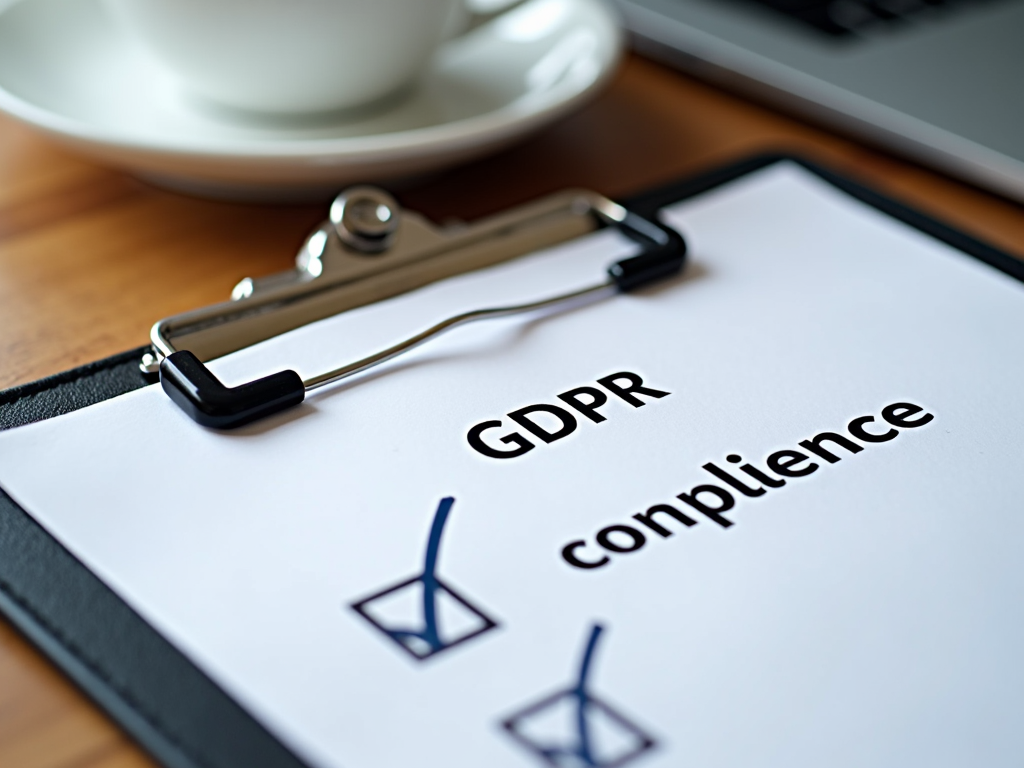
Why is GDPR Important?
GDPR matters because it guards people’s privacy rights. It builds trust by making companies handle data carefully. For me, it’s personal—I feel safer knowing businesses can’t just sell my info without asking.
Plus, the fines are huge—up to 20 million euros or 4% of a company’s yearly revenue. That’s a big motivator! It’s not just about rules; it’s about creating a culture where privacy comes first.
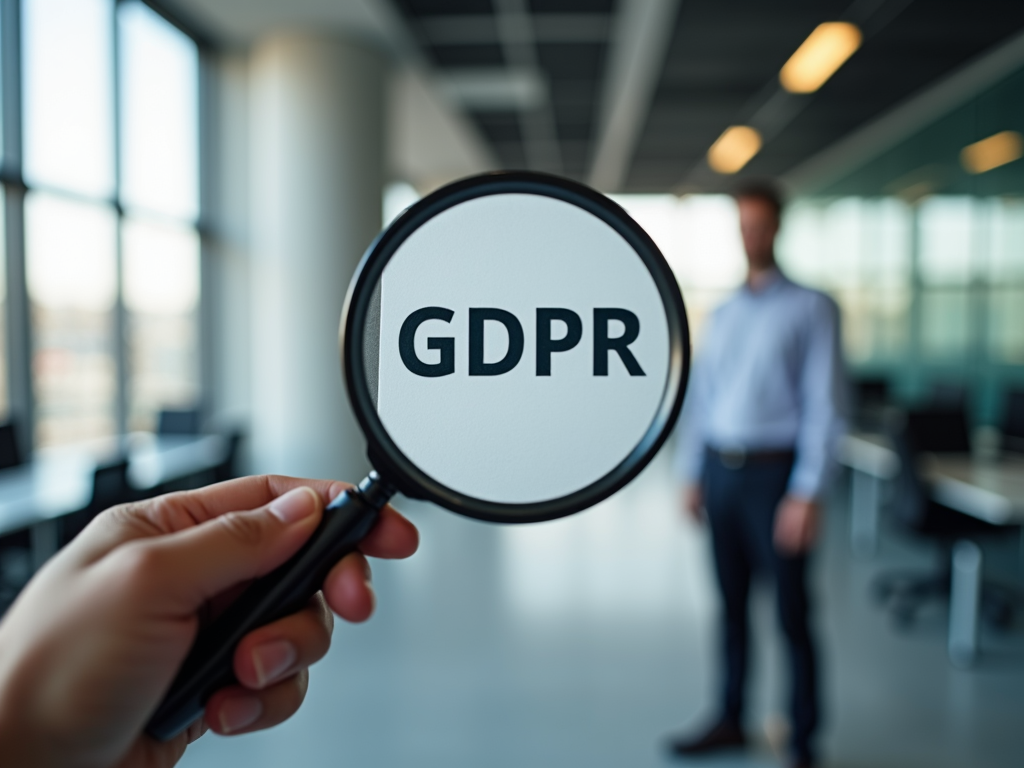
Key Principles of GDPR
GDPR rests on seven core ideas. Here they are, simply put:
- Be fair and clear: Use data legally and tell people what you’re doing.
- Have a reason: Only collect data for a specific purpose.
- Keep it small: Don’t take more data than you need.
- Stay accurate: Fix wrong info and keep it current.
- Don’t hoard: Delete data when you’re done with it.
- Lock it up: Keep data safe from hackers or leaks.
- Prove it: Show you’re following the rules.
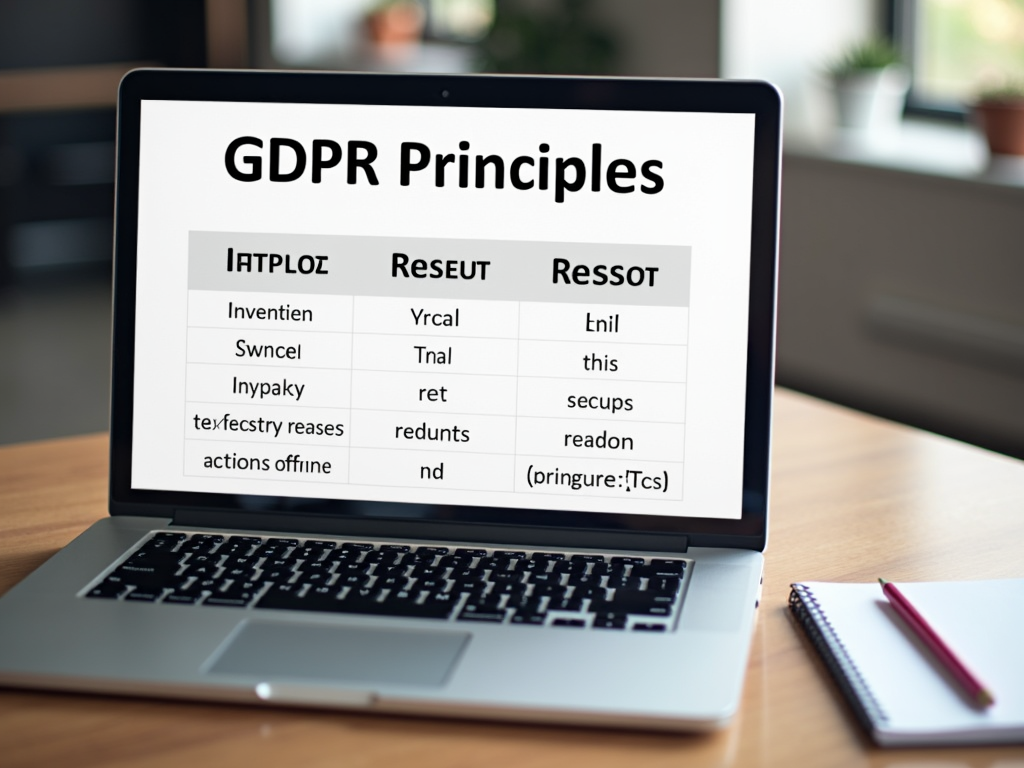
These principles aren’t just legal talk—they’re practical. When I helped a friend audit her blog, we used them as a checklist. It made a messy process feel manageable.
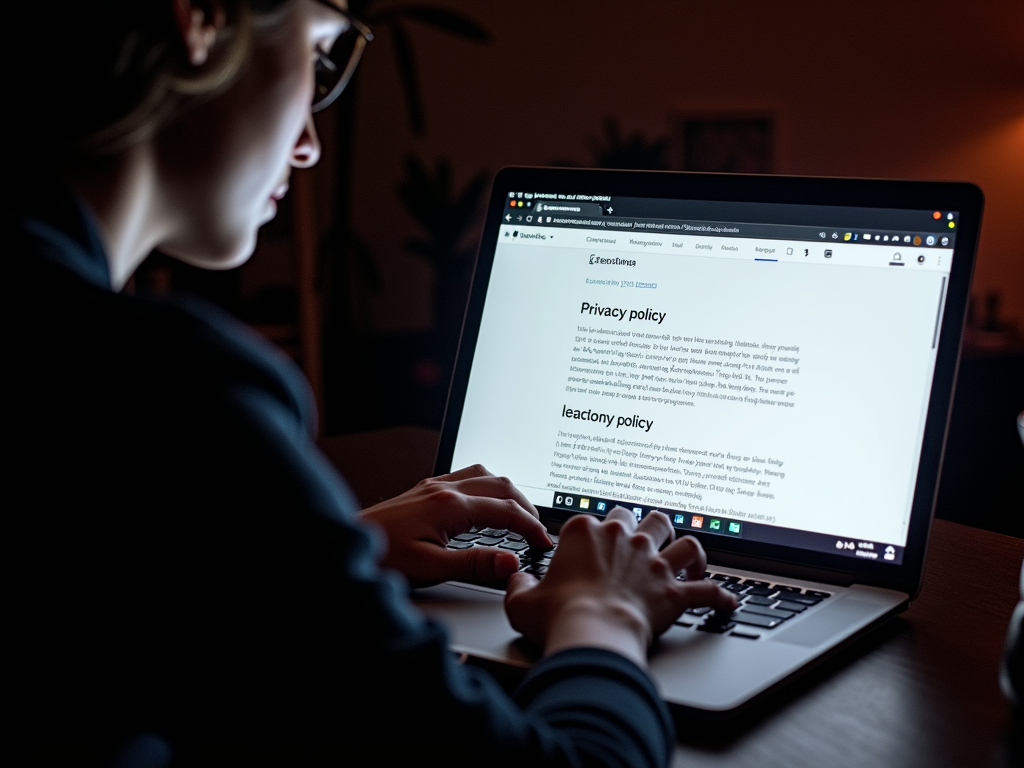
How to Comply with GDPR
Following GDPR takes effort, but it’s doable. Here’s how to start:
- Check your data: List what you collect—like names or emails—and why.
- Update policies: Write a clear privacy notice for your site or app.
- Ask permission: Get a solid ‘yes’ before grabbing data.
- Boost security: Use strong passwords or encryption.
- Pick a leader: If you’re big enough, name someone to handle GDPR.
I once guided a freelancer through this. She added a consent pop-up to her site in 10 minutes. Small steps can make a big difference!

GDPR and Online Privacy Tools
GDPR sparked a boom in tools that help us stay private online. Here are some I’ve tried:
- Browsers: Brave blocks trackers automatically—super easy.
- VPNs: NordVPN hides my location when I travel.
- Password managers: LastPass keeps my logins safe.
- Email encryption: ProtonMail locks my messages tight.
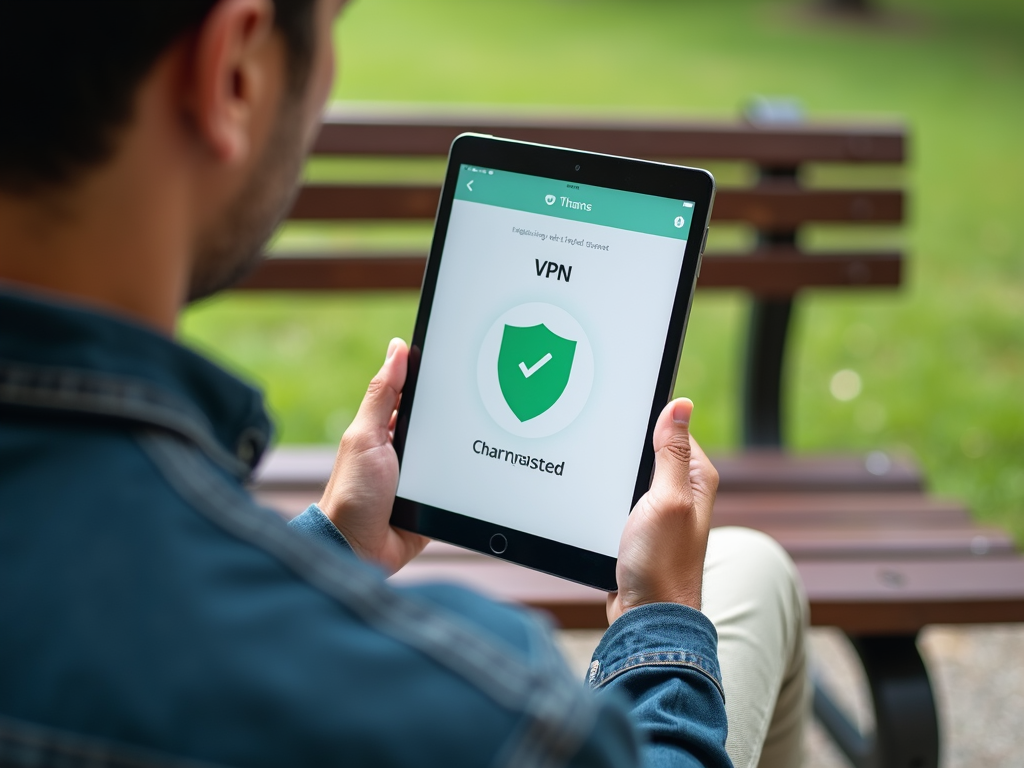
These tools tie into GDPR’s goals. They give us power over our data. I started using a VPN after a hotel Wi-Fi scare—GDPR made me think harder about risks.

For more on tools, check out Essential Online Privacy Tools for Beginners. It’s a great next step if you’re new to this.

Comparing GDPR Globally
GDPR isn’t alone. Other laws, like California’s CCPA, also protect privacy. I’ve researched these for work—Online Privacy Laws Around the World dives deeper if you’re curious. GDPR stands out for its global reach and tough penalties.
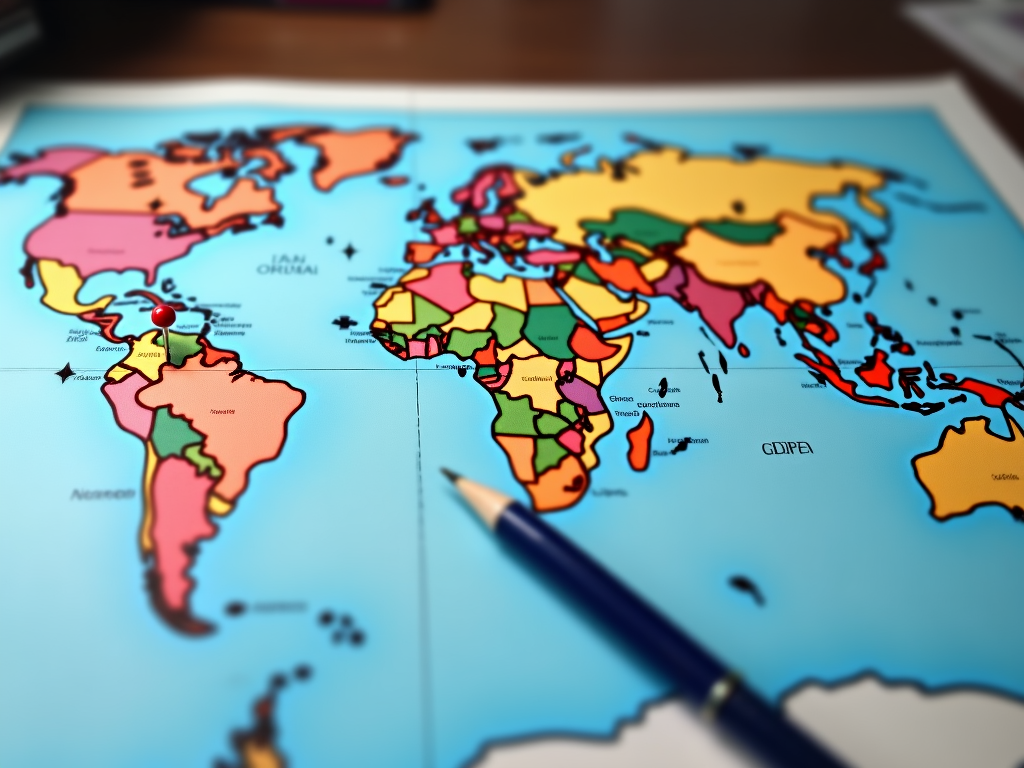
Real-Life Impact
GDPR isn’t just theory. A friend’s startup got a warning for sloppy data practices—GDPR pushed them to shape up fast. It’s a wake-up call for anyone online.

Summary
GDPR protects EU citizens’ data and pushes businesses to act responsibly. Its principles are straightforward, and compliance is within reach with the right steps. Tools like VPNs and encrypted email boost your online privacy, aligning with GDPR’s mission. It’s a game-changer worth understanding.
